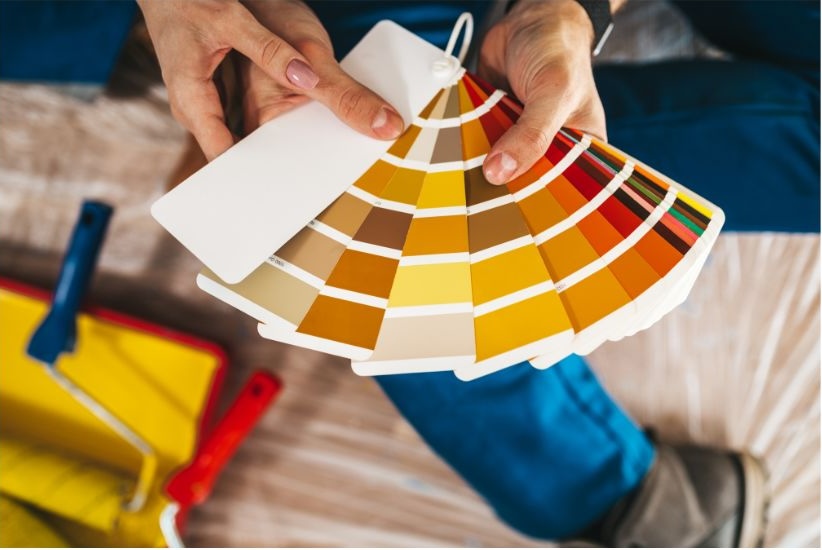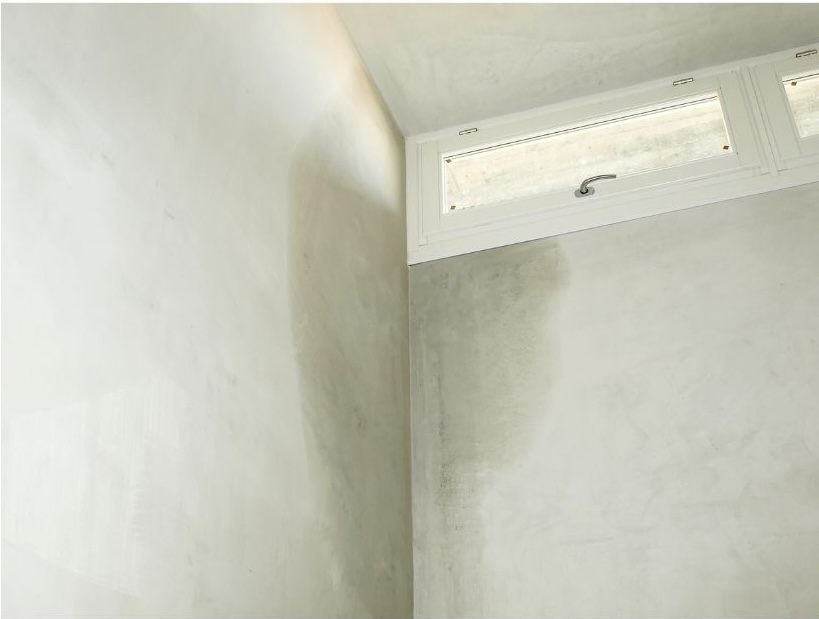Choosing the right paint colors for your home can transform your living space, evoke certain moods, and reflect your personal style. However, with countless shades and hues available, it can be overwhelming to make a decision. This guide will help you navigate the process of selecting the perfect paint colors for every room in your home.
Understanding Color Psychology
Before diving into specific room recommendations, it’s essential to understand the basics of color psychology. Colors can influence our emotions and behavior, making it crucial to choose hues that align with the intended purpose of each room.
- Red: Energizing and stimulating, often used in dining rooms to encourage appetite and conversation.
- Blue: Calming and serene, ideal for bedrooms and bathrooms to promote relaxation.
- Yellow: Bright and cheerful, suitable for kitchens and playrooms to create a lively atmosphere.
- Green: Balancing and refreshing, works well in living rooms and bedrooms to bring a touch of nature indoors.
- Neutral Colors (White, Gray, Beige): Versatile and timeless, these colors can be used in any room to create a clean and sophisticated look.
Choosing Paint Colors for Specific Rooms
Living Room
The living room is often the central gathering place in a home, where family and friends come together to relax and socialize. The paint color should reflect a welcoming and comfortable atmosphere.
- Neutral Tones: Shades like beige, gray, or soft white create a versatile backdrop that allows for easy changes in décor. They can make the room feel larger and more open.
- Warm Tones: Colors like warm beige, soft yellow, or terracotta can create a cozy and inviting space. These colors are especially effective in living rooms with a lot of natural light.
- Accent Walls: Consider painting one wall a bolder color, such as deep blue, emerald green, or charcoal gray, to add depth and interest without overwhelming the space.

Kitchen
The kitchen is the heart of the home, where meals are prepared and often eaten. The paint color should evoke a sense of cleanliness and energy.
- White and Off-White: These colors create a clean and fresh look, making the kitchen feel bright and spacious. They also provide a neutral backdrop for colorful appliances and accessories.
- Yellow and Green: Light yellow or green can add a cheerful and lively vibe to the kitchen. These colors work well in spaces with plenty of natural light.
- Blue: A light blue can have a calming effect, which is ideal for a space that can sometimes be chaotic. It pairs well with white cabinets and stainless steel appliances.
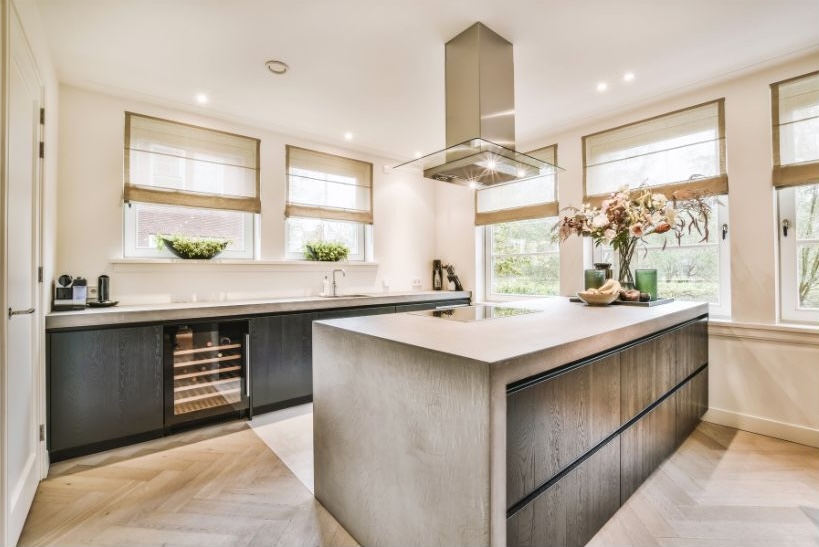
Dining Room
The dining room is a place for enjoying meals and entertaining guests. The paint color should enhance the dining experience and stimulate conversation.
- Red and Burgundy: These colors are known to stimulate appetite and conversation, making them perfect for dining rooms. They can create an intimate and elegant atmosphere.
- Warm Neutrals: Colors like beige, taupe, or soft gray can create a sophisticated and understated look. They also provide a neutral backdrop for artwork and décor.
- Deep Blue or Green: These colors can add a touch of drama and elegance, especially in formal dining rooms. They work well with dark wood furniture and metallic accents.
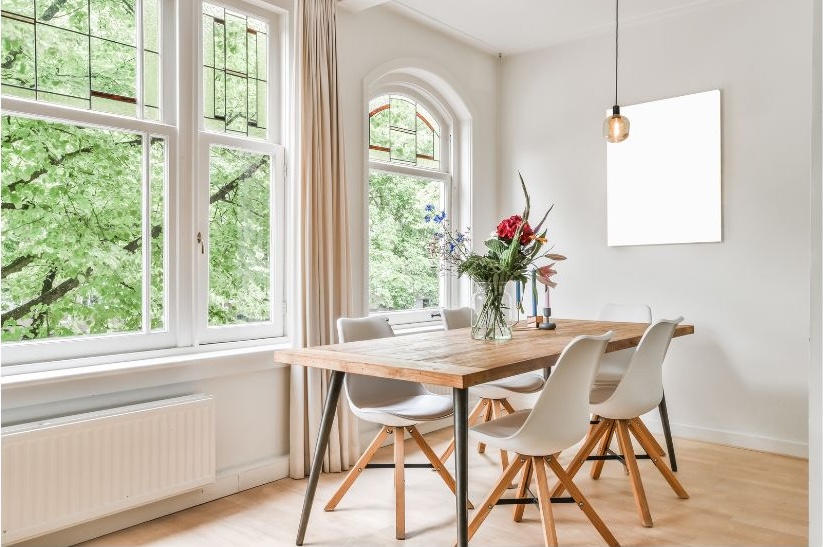
Bedroom
The bedroom is your personal sanctuary, where you rest and recharge. The paint color should promote relaxation and tranquility.
- Blue: Soft blues are known for their calming effect, making them ideal for bedrooms. They can help lower blood pressure and heart rate, promoting better sleep.
- Green: Light to medium greens can create a soothing and restful environment. They evoke a sense of nature and balance.
- Neutral Colors: Shades like soft gray, beige, or creamy white create a peaceful and versatile backdrop. They can be easily paired with different bedding and décor.
- Lavender: This subtle shade of purple has a calming effect and can create a serene and romantic atmosphere in the bedroom.
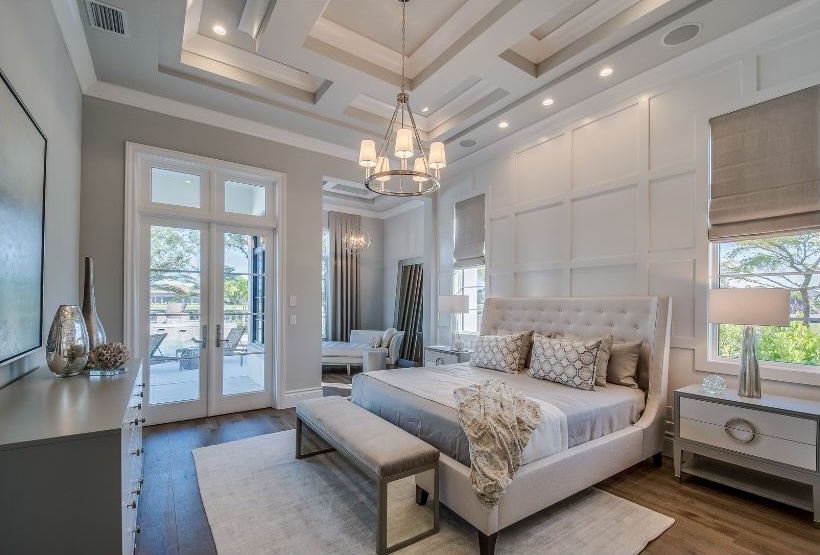
Bathroom
The bathroom is a place for relaxation and self-care. The paint color should create a spa-like and refreshing atmosphere.
- White and Light Gray: These colors create a clean and fresh look, making the bathroom feel bright and airy. They also provide a neutral backdrop for colorful towels and accessories.
- Blue and Green: Soft blues and greens can create a serene and calming environment, reminiscent of water and nature.
- Aqua and Teal: These shades can add a refreshing and modern touch to the bathroom. They work well with white fixtures and natural materials like wood and stone.
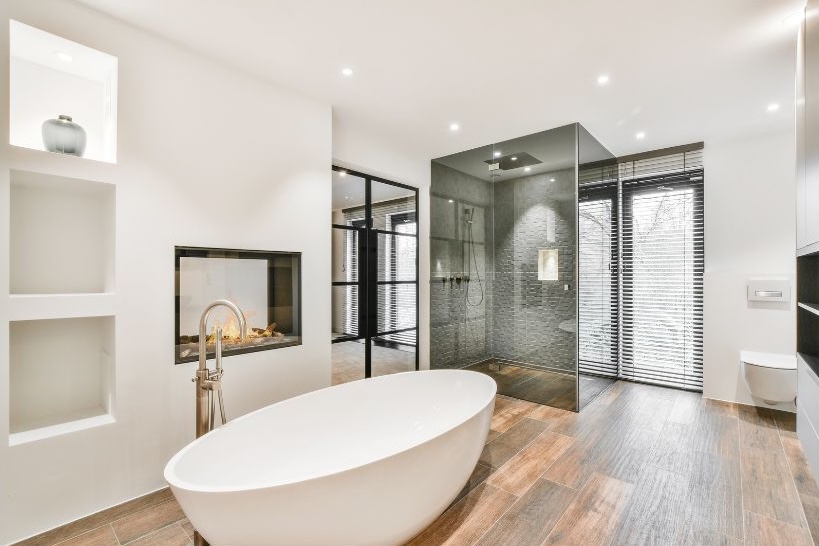
Home Office
The home office is a space for productivity and focus. The paint color should enhance concentration and creativity.
- Blue: Light to medium blues can promote focus and productivity, making them ideal for a home office. They create a calming and serene environment.
- Green: Green is known for its balancing and refreshing effect. It can help reduce eye strain, especially if you spend long hours at a computer.
- Yellow: A soft yellow can add a touch of energy and creativity to the home office. It can create a cheerful and uplifting atmosphere.
- Gray: Light gray is a versatile and sophisticated choice. It provides a neutral backdrop that allows you to easily change the décor and accessories.
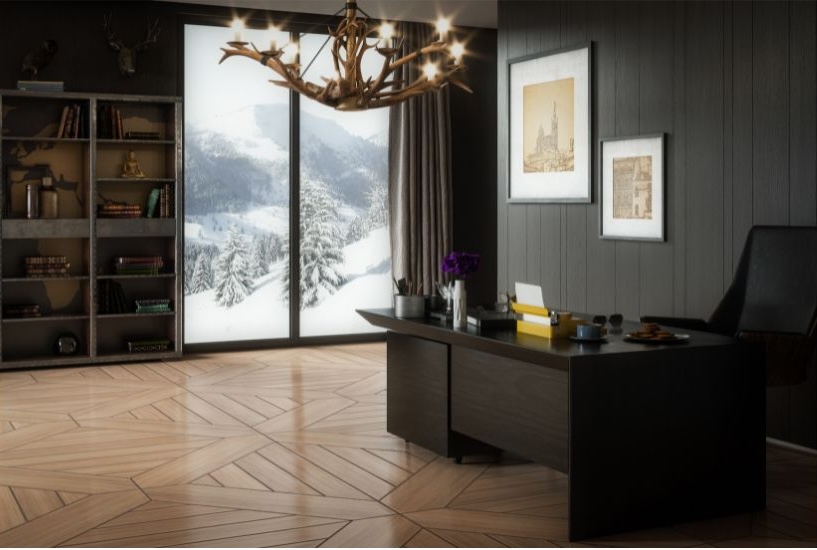
Children’s Room
The children’s room should be a fun and stimulating space that can grow with them. The paint color should reflect their personality and interests.
- Bright Colors: Colors like bright blue, green, or yellow can create a fun and energetic space. They can stimulate creativity and play.
- Pastels: Soft pastels like light pink, lavender, or mint green can create a calming and soothing environment, perfect for a nursery or young child’s room.
- Neutral Colors: Neutral shades like beige, gray, or white can create a versatile backdrop that can easily adapt to changing tastes and interests. They can be paired with colorful bedding and décor.
- Chalkboard Paint: Consider using chalkboard paint on one wall to create an interactive and creative space where kids can draw and write.
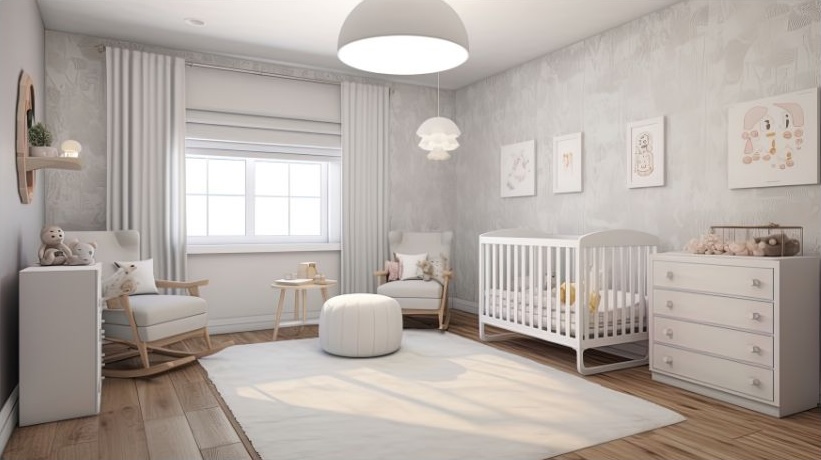
Tips for Choosing Paint Colors
Test Before You Commit
Always test paint colors in the room where they will be used. Paint a small section of the wall and observe how the color looks at different times of the day, under natural and artificial light. This will help you see how the color interacts with the room’s lighting and other elements.
Consider the Room’s Purpose
Think about the primary function of the room and the mood you want to create. Choose colors that align with the room’s purpose and the emotions you want to evoke.
Complement Existing Décor
Consider the colors of your furniture, flooring, and accessories when choosing paint colors. The paint should complement the existing décor and create a cohesive look.
Use Color Swatches
Collect color swatches and samples to see how different shades look together. This can help you narrow down your choices and create a harmonious color palette.
Don’t Be Afraid to Experiment
While neutrals are safe and versatile, don’t be afraid to experiment with bold and unique colors. Accent walls, colorful furniture, and accessories can add personality and interest to your home.
Conclusion
Choosing the perfect paint colors for every room in your home is a combination of understanding color psychology, considering the room’s purpose, and testing different shades. By taking the time to select the right colors, you can create a harmonious and beautiful living space that reflects your personal style and enhances your quality of life
If you are looking to buy your dream home or sell your house feel free to get in touch with us today!



